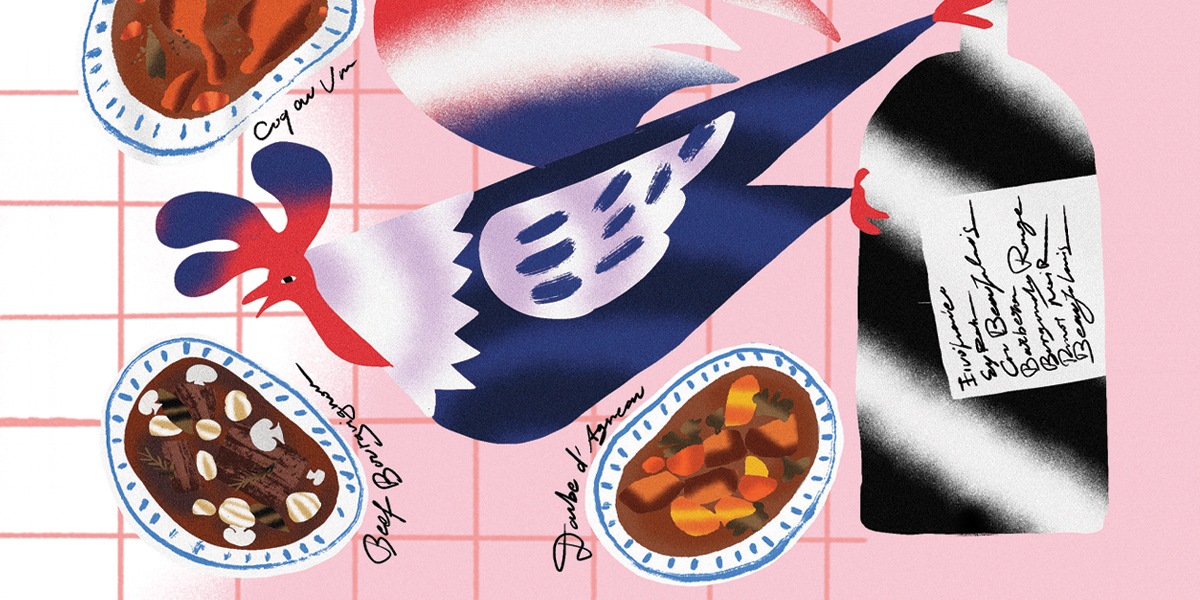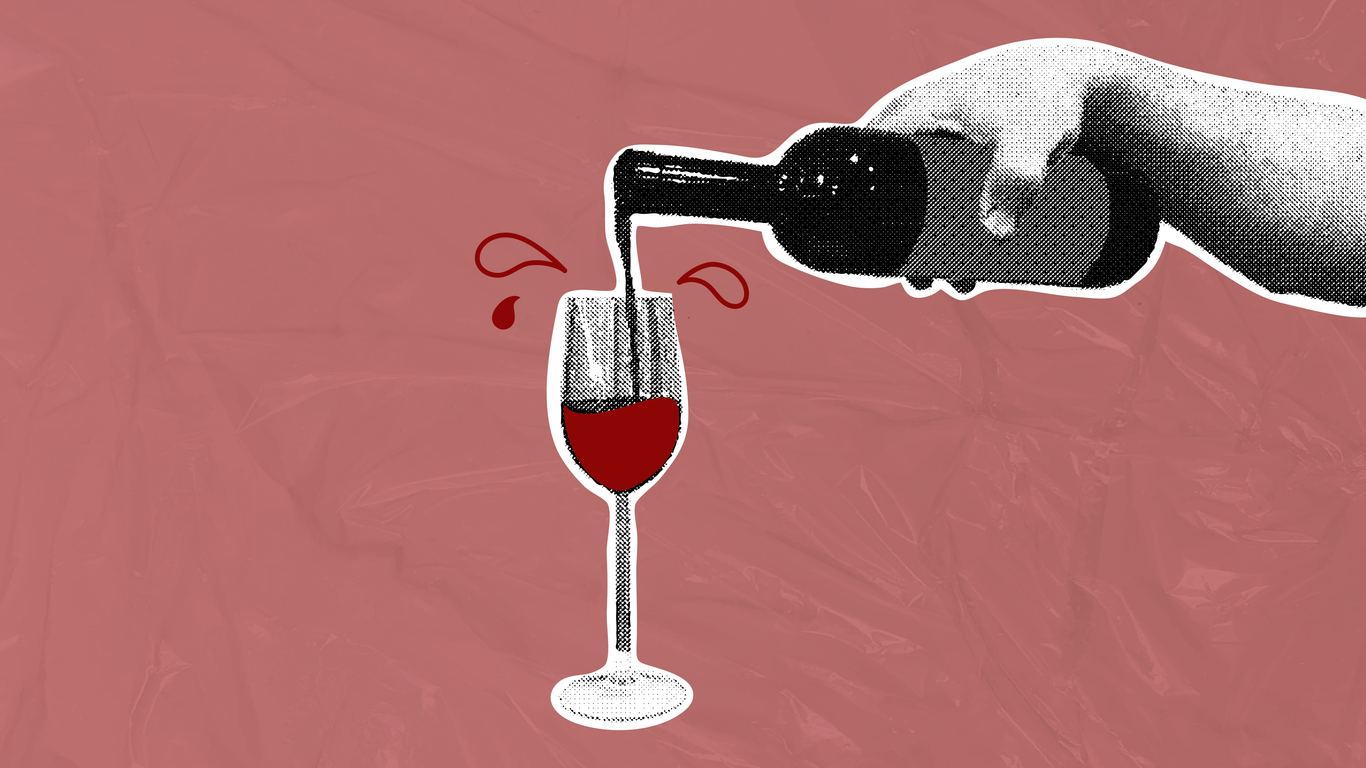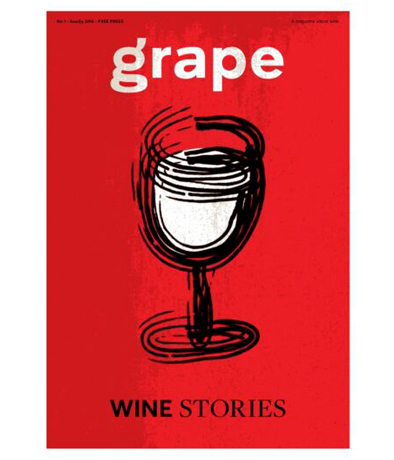
A few weeks ago, I attended Vinitaly, the annual gathering of buyers, sommeliers, and wine lovers from around the world who are active in the Italian vineyard.
It took place in a huge exhibition space in Verona with thousands of exhibitors – wine producers from every corner of Italy. It sounds entertaining (the exhibition’s slogan a few years ago was “Hard to believe it’s business”) and, indeed, it is, to a large extent, albeit with the difference that upon leaving Verona, every conscientious buyer should be carrying in their luggage accurate information and profitable agreements. In my case, my predisposition to taste wines from regions such as Apulia, Calabria, Campania, Umbria, Sicily and Sardinia made things rather difficult.
I tasted hundreds of wines that I could, in kindness, characterize as likeable – interesting ones that I would not be eager to have in my cellar under any circumstances. I remind you that “likeable” and “interesting” are the expressions that we professionals use as a polite way to refer to mediocre and forgettable wines. As the hours passed, disappointment and compromises gave way to a quiet conclusion that I could, indeed, pack away in my luggage:
The explanation for my difficulty lies in the fact that all the regions I mentioned, the areas whose wines I tasted, are extremely touristic, which means that the local winemakers can rely solely on direct sales of their wines just because those wines are local. Inevitably, these winemakers will not strive to create something competitive and memorable on a broader scale than the microcosm of their region. From another perspective, tourists, quite logically, thirst for anything local, which makes it very difficult to change the quality level of the wines. To be honest, the phenomenon I am referring to is not exclusively Italian; we encounter it strongly in the south of Spain, in the equivalent tourist areas of France, in Portugal, and certainly in several tourist destinations in Greece.
A reasonable question that may arise is how Santorini, an island that receives hordes of tour- ists annually, managed not only to preserve the quality of its wines but also to produce the top white wines in our country. I believe it helped that Santorini was established as a wine region long before it became a tourist destination, while the uniqueness of the soil and the microclimate in general create intense, distinctive, and unique wines that do not succumb to commercial compromises. Certainly, the wine identity of the island would be very different if the Boutari family and the local producers of the distant 1980s had not protected the vineyards from the frenzy of construction that followed that decade.
The dilemma that this discussion raises for all of us is whether we should embrace the concept of local consumption or be more selective in our tourist excursions. Is it logical, for example, if I find myself in the Basque Country, to drink Txakolina, or is it blasphemy to ask for a significantly more interesting white wine from neighboring Rias Baixas? I believe that the tourist development of each region can be a blessing or a curse, depending on how the phenomenon is managed by the local community. Many mediocre wines can be temporarily elevated to “greatness” by skilled describers of the local gastronomic school; the key is to make sure that imparted essence doesn’t fade before they make it into the luggage of visitors.
Με την εγγραφή σας στη λίστα των παραληπτών θα λαμβάνετε το newsletter του grape!





Με την εγγραφή σας στη λίστα των παραληπτών θα λαμβάνετε το newsletter του grape!